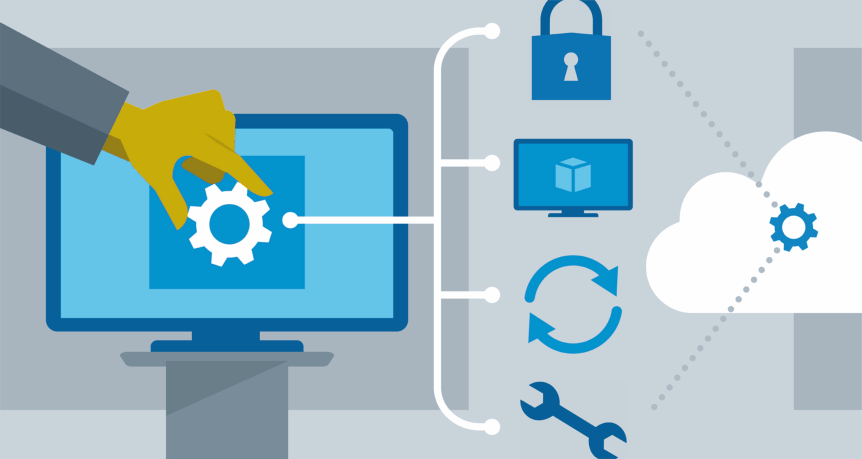Remote Desktop Protocol (RDP) is a powerful tool that allows IT administrators to access and manage remote servers and desktops. It’s an indispensable feature in modern IT environments, enabling administrators to troubleshoot issues, perform maintenance tasks, and deploy updates without physically being present at the server’s location. However, with great power comes great responsibility. here server management must be executed with care and attention to security. In this blog, we’ll discuss the best practices for IT administrators to ensure the safe and efficient use of RDP.
1. Implement Strong Authentication
Authentication is the first line of defense against unauthorized access. Always use strong, unique passwords for RDP sessions. Consider implementing multi-factor authentication (MFA) for an extra layer of security. MFA requires users to provide at least two forms of identification, such as a password and a one-time code sent to their mobile device. This greatly reduces the risk of unauthorized access.
2. Restrict Access
Limit RDP access to authorized users only. Use a network firewall to restrict the IP addresses that can connect to the RDP server. By allowing access only from specific IP ranges or VPN connections, you reduce the exposure to potential threats.
3. Keep Software Up-to-Date
Regularly update the RDP server software and the underlying operating system. Patches and updates often include security fixes to address vulnerabilities. Failing to update can leave your server susceptible to exploitation by attackers who are aware of these vulnerabilities.
4. Use Network-Level Authentication (NLA)
Network-Level Authentication requires users to authenticate before establishing a remote desktop session. This adds an extra layer of security by verifying the user’s identity before allowing any access to the server. Always enable NLA on your RDP server.
5. Employ Least Privilege Access
Adopt the principle of least privilege. Give users only the permissions they need to perform their tasks, and no more. This reduces the potential damage that can be done if an unauthorized user gains access.
6. Audit and Monitor RDP Sessions
Implement comprehensive logging and monitoring of RDP sessions. Regularly review logs for any suspicious activities. Intrusion detection systems and security information and event management (SIEM) solutions can help automate this process, alerting you to any potential security issues in real-time.
7. Secure Remote Desktop Gateway
If you use a Remote Desktop Gateway (RD Gateway), ensure it is properly secured. RD Gateway acts as an intermediary between remote clients and RDP servers, providing an extra layer of security. Configure it to use secure encryption protocols, and keep it up-to-date with security patches.
8. Use Network Segmentation
Consider segmenting your network to isolate the RDP server from other critical resources. This way, even if an attacker gains access to the RDP server, they won’t have immediate access to other sensitive systems.
9. Disable Unused Services
Disable unnecessary services and features on the RDP server. This reduces the attack surface and minimizes potential vulnerabilities.
10. Regularly Backup Data
Ensure you have robust backup and disaster recovery procedures in place. Regularly back up critical data and configurations, so you can quickly restore your server in case of a breach or hardware failure.
11. Educate Users
Finally, educate your users about RDP security best practices. Teach them to recognize phishing attempts and the importance of safeguarding their credentials.
In conclusion, RDP server management is a critical aspect of modern IT administration. It offers the convenience of remote access but requires diligent security measures to protect against potential threats. By following these best practices, IT administrators can ensure the safe and efficient use of RDP while minimizing the risk of security breaches and unauthorized access to critical systems. Remember that cybersecurity is an ongoing process, so regularly review and update your security measures to stay ahead of emerging threats.
